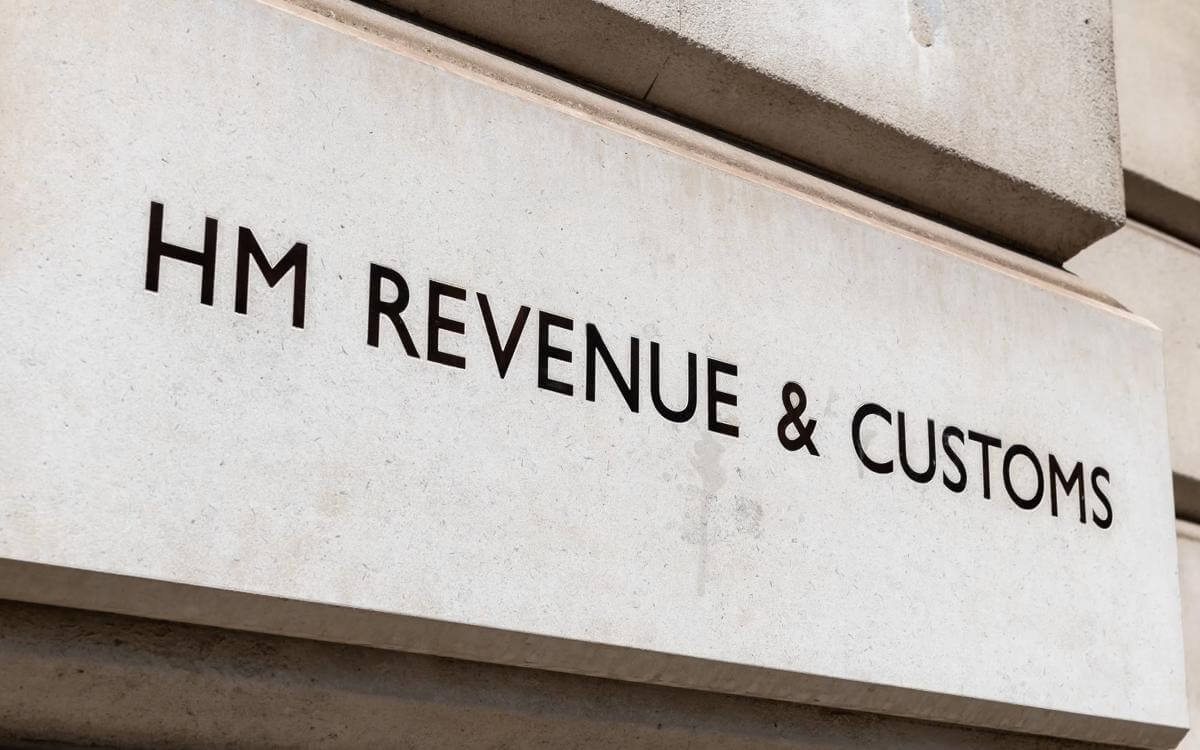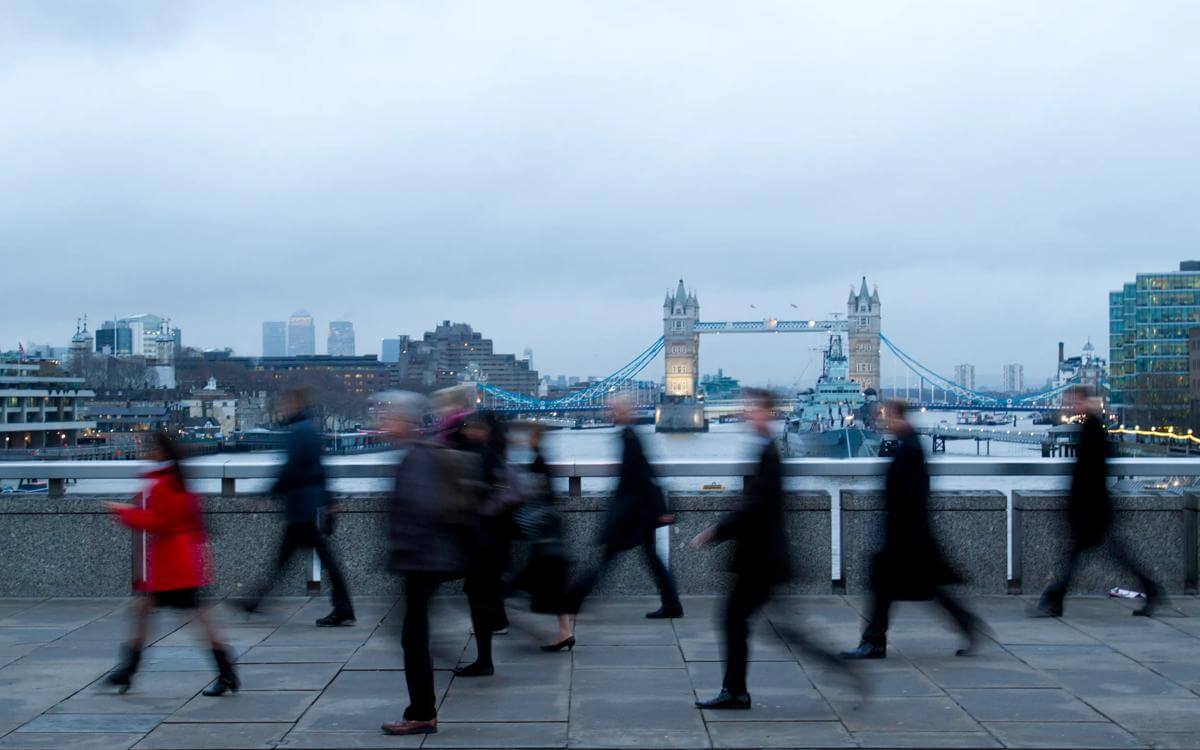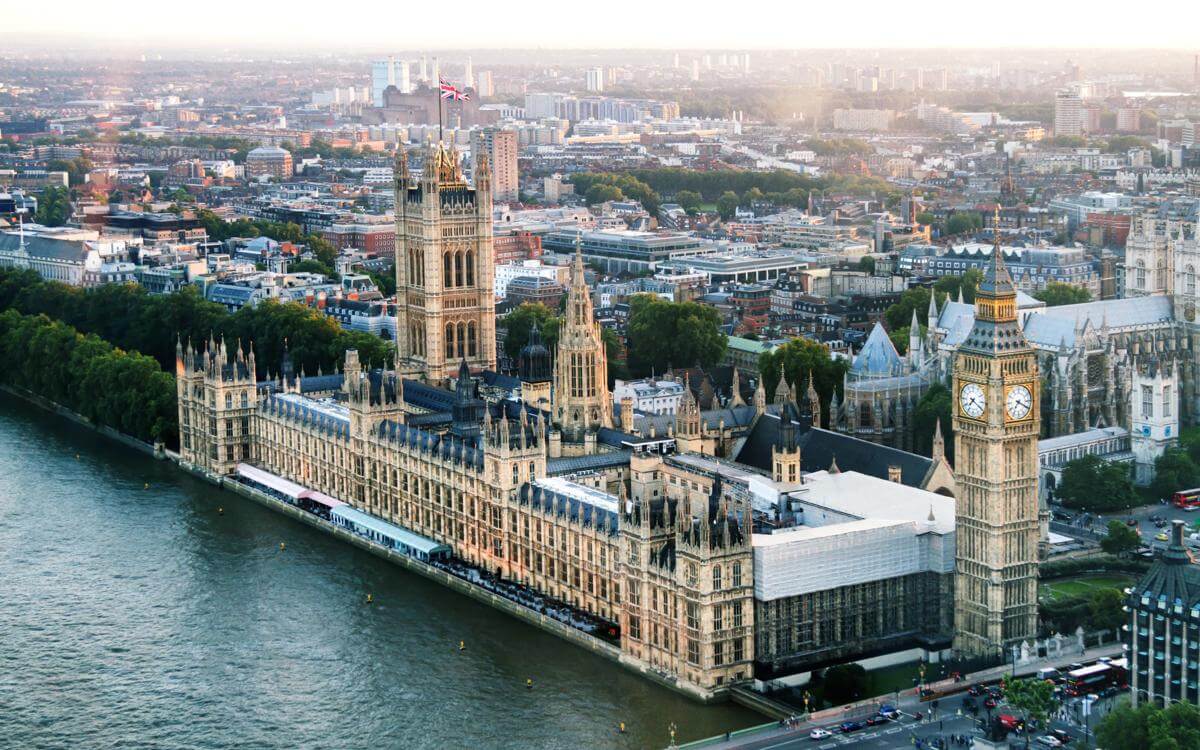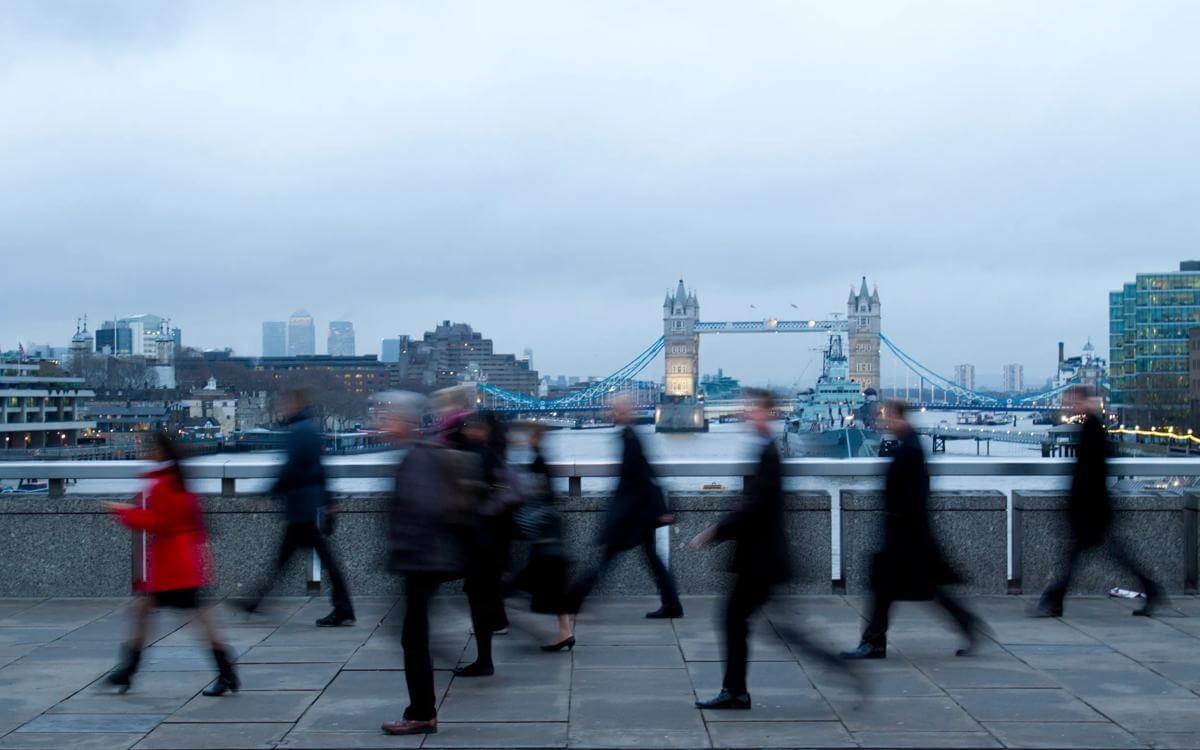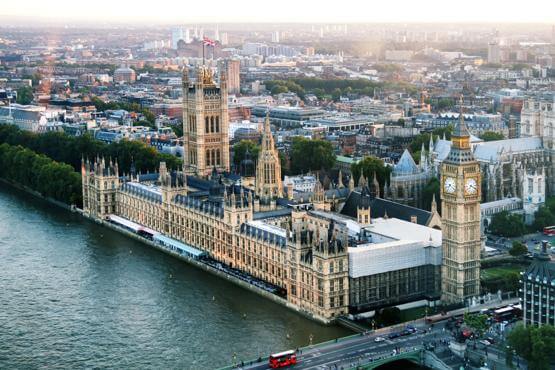Keeping track of sick pay
The Government’s Track and Trace programme has now been launched together with further changes to the Statutory Sick Pay (SSP) regime. These changes allow those who are notified under the Track and Trace programme that they have been in close contact with a person outside of their household who has tested positive, and who are as a result directed to isolate, to be able to claim SSP.
Please note: the information contained in this legal update is correct as of the original date of publication
The Government’s Track and Trace programme has now been launched (although press reports indicate that it is not yet fully operational) together with further changes to the Statutory Sick Pay (SSP) regime. These changes allow those who are notified under the Track and Trace programme that they have been in close contact with a person outside of their household who has tested positive, and who are as a result directed to isolate, to be able to claim SSP. This may have a very limited impact for those who have been and continue to be able to work from home or for those who have already been and continue to be furloughed. However, with many employers now making attempts to reopen workplaces where homeworking has not been possible, the extension of what amounts to incapacity may well have the effect of increasing absences, particularly as those directed (or advised) to isolate will not actually be tested unless they themselves develop symptoms. Employers will also face the dilemma of what pay to actually pay during these absences – the level of SSP may place such financial pressures on some employees that they feel they cannot afford to isolate when they are not displaying any symptoms – and a such a decision could allow infection to spread around a workplace before symptoms start to show.
The Track and Trace programme relies on people who develop symptoms firstly seeking (and being able to secure quickly) a test, and secondly, them being willing to participate in the Track and Trace programme. This programme is not currently mandatory – with the government preferring to rely on people’s sense of ‘civic duty’. There may well be individuals who do not wish to participate with such a government initiative (perhaps due to privacy fears, or due to concerns that the rules may not apply equally to all), and who believe the same outcome can be achieved by them personally notifying their contacts who may be at risk and asking them to isolate. In these circumstances, would their contacts then be entitled to SSP for any period of asymptomatic isolation?
On the current rules, it would appear not. The new amendments made to cover isolation as a result of the Track and Trace programme only trigger an entitlement to SSP where the notification is a “relevant notification” – and this is limited to notification by a number of health and government bodies; it does not include personal notifications from the person who has tested positive. In such circumstances, the contact will then be in an unenviable position of deciding whether or not to isolate in line with the spirit of the guidance – albeit in a position not actually covered by the guidance – and without any (or at least any clear) entitlement to SSP. Similarly, employers will need to consider how such absences will be treated as isolation periods in these circumstances would not usually amount to sickness absence. Penalising employees for or deterring them from taking such absences may well result in infection flare-ups in the workplace (as well as potentially triggering “local lockdowns”). Paying SSP (which would not fall within the new provisions allowing certain employers to recover limited amounts of SSP) or even full pay may help employees to exercise their ‘civic duty’ (particularly as their inability to qualify for SSP would not be due to their decision but rather the decision of the original infected person) but would introduce a system entirely open to abuse with employees being able to claim that they had been notified by one of their contacts without any proof of either the notification or the original positive result.
As with many things during this pandemic, it will be a case of waiting and seeing – seeing how effective the Track and Trace programme is, seeing how willing the public are to both participate in it and adhere to further isolations, and seeing the wider impact on the rate of infection across the country and in localised areas. In the meantime, employers would be wise to consider (as part of their coronavirus return to work preparations) what approach they will take to isolation-absences, and how they will deal with any workplace infections.
Contact

Mark Hickson
Head of Business Development
onlineteaminbox@brownejacobson.com
+44 (0)370 270 6000











